I've found that terminal emacs does not render the correct colors unless I explicitly set TERM=xterm-256color. I use gnome-terminal, and from what I understand, TERM should be set to gnome-256color. Similarly, I tend to use tmux a lot, which advises against any TERM setting other than screen-256color. Unfortunately, both of those settings (within their respective context - gnome-terminal or tmux) result in emacs having wrong colors, whereas vim displays colors correctly. However, if I export TERM=xterm-256color, the colors work just fine in emacs.
Can anyone explain what's going on, or offer a solution?
Update
Here's what I'm dealing with:

I can get the colors to look correct in the terminal by adding the following to my init.el:
(defun terminal-init-gnome ()
"Terminal initialization function for gnome-terminal."
;; This is a dirty hack that I accidentally stumbled across:
;; initializing "rxvt" first and _then_ "xterm" seems
;; to make the colors work... although I have no idea why.
(tty-run-terminal-initialization (selected-frame) "rxvt")
(tty-run-terminal-initialization (selected-frame) "xterm"))
This feels really, really wrong though. There has to be a logical explanation for this...
P.S.
I have very little knowledge of terminfo and the precise role that $TERM plays in the process of color terminal behavior. If it's safe to always use xterm-256color (even when $TERM "should" be gnome-256color or screen-256color), I'll go with that.